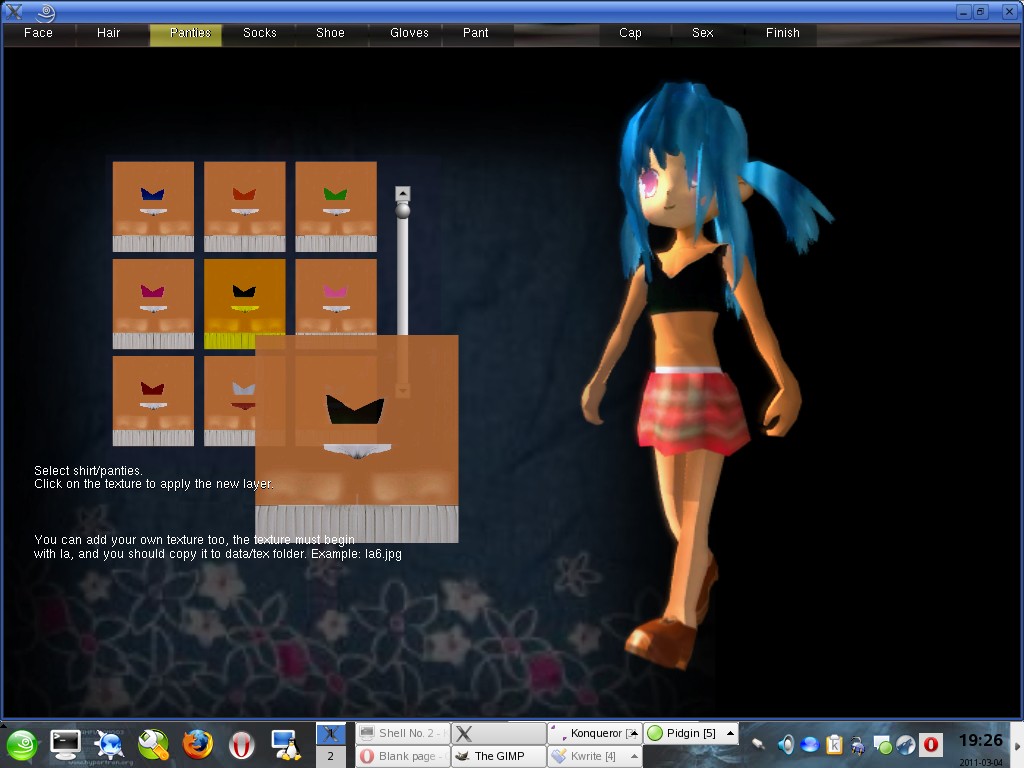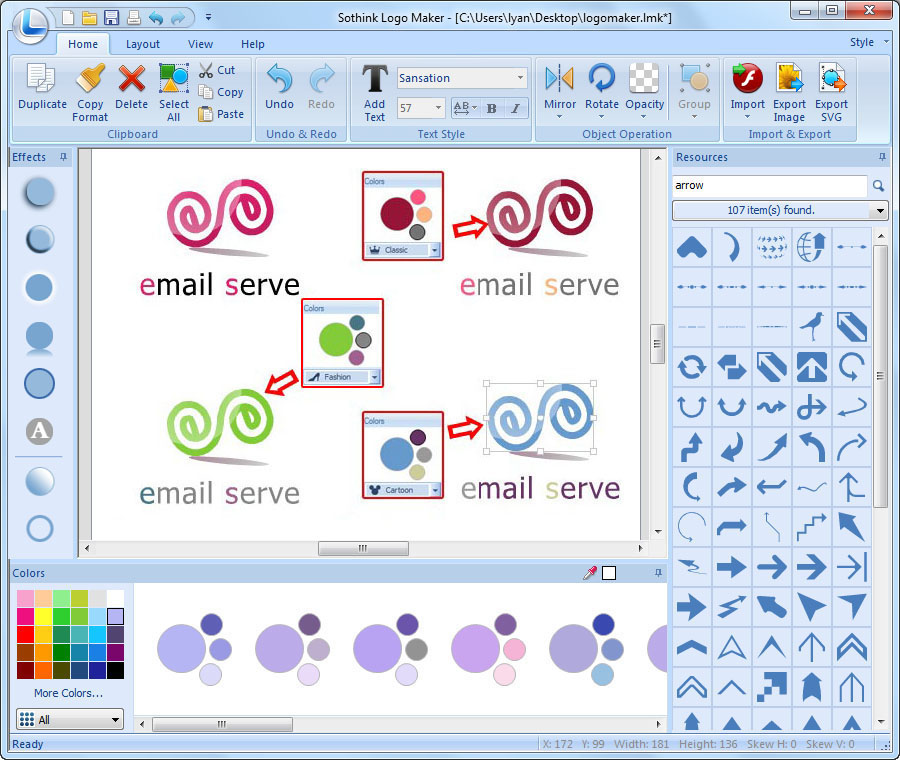

In European Conference on Computer Vision (ECCV), 2014. Microsoft coco: Common objects in context. Ramanan, Deva, Dollár, Piotr, and Zitnick, C. Lawrence. Lin, Tsung-Yi, Maire, Michael, Belongie, Serge, Hays, James, Perona, Pietro, Rehabilitation of Count-based Models for Word Vector Unifying Visual-Semantic Embeddings with Multimodal Neural Language

Kiros, R., Salakhutdinov, R., and Zemel, R. S. John C., Zitnick, C. Lawrence, and Zweig, Geoffrey.įrom captions to visual concepts and back.ĭeep visual-semantic alignments for generating image descriptions. Long-term recurrent convolutional networks for visual recognition andįang, Hao, Gupta, Saurabh, Iandola, Forrest N., Srivastava, Rupesh, Deng, Li,ĭollár, Piotr, Gao, Jianfeng, He, Xiaodong, Mitchell, Margaret, Platt, Venugopalan, Subhashini, Saenko, Kate, and Darrell, Trevor. In British Machine Vision Conference, 2014.ĭonahue, Jeff, Hendricks, Lisa Anne, Guadarrama, Sergio, Rohrbach, Marcus, Return of the Devil in the Details: Delving Deep into Convolutional ReferencesĬhatfield, K., Simonyan, K., Vedaldi, A., and Zisserman, A. This work was supported by the HASLER foundation through the grant “Information and Communication Technology for a Better World 2020” (SmartWorld). Ground-truth annotation (in blue), the NP, VP and PP predicted from the model and generated annotation (in black) are shown for each image. Figure 4: Quantitative results for images on the COCO dataset. Note that there are slight variations between the test sets chosen in each paper.

Table 1: Comparison between human agreement scores, state of the art models and our model on the COCO dataset.
Simpleimage creator full#
Examples of full automatic generated sentences can be found in Figure 4. It is interesting to note that our results are very close to the human agreement scores. Our model gives competitive results at all N-gram levels. , there are slight variations between the test sets chosen in other papers. Human agreement scores are computed by comparing one of the ground-truth description against the others.įor comparison, we include results from recently proposed models.Īlthough we use the same test set as in Karpathy & Fei-Fei ( 2014) Table 1 show our sentence generation results on the COCO dataset.īLEU scores are reported up to 4-grams. Words, and therefore also phrases, are represented in 400-dimensional vectors. We took the January 2014 version., with a symmetric context window of ten words coming from the 10,000 most frequent words. The word co-occurence matrix is built over the entire English Wikipedia 4 4 4Available at. We obtained word vector representations from the Hellinger PCA of a word co-occurence matrix, following the method described in Lebret & Collobert ( 2014). Phrase representations are then computed by averaging vector representations of their words. This results in 11,688 noun phrases, 3,969 verb phrases 3 3 3Pre-verbal and post-verbal adverb phrases are merged with verb phrases. Only phrases occuring at least ten times in the training set are considered. Two noun phrases then interact using a verb or prepositional phrase.

A large majority of sentences contain from two to four noun phrases. Statistics reported in Figure 3 confirm the hypothesis that image descriptions have a simple syntactic structure.
Simpleimage creator software#
This model generates image representations of dimension 4096 form RGB input images.įor sentence features, we extract phrases from the 576,737 training sentences with the SENNA software 2 2 2Available at. Following Karpathy & Fei-Fei ( 2014), the image features are extracted using VGG CNN (Chatfield et al., 2014).


 0 kommentar(er)
0 kommentar(er)
